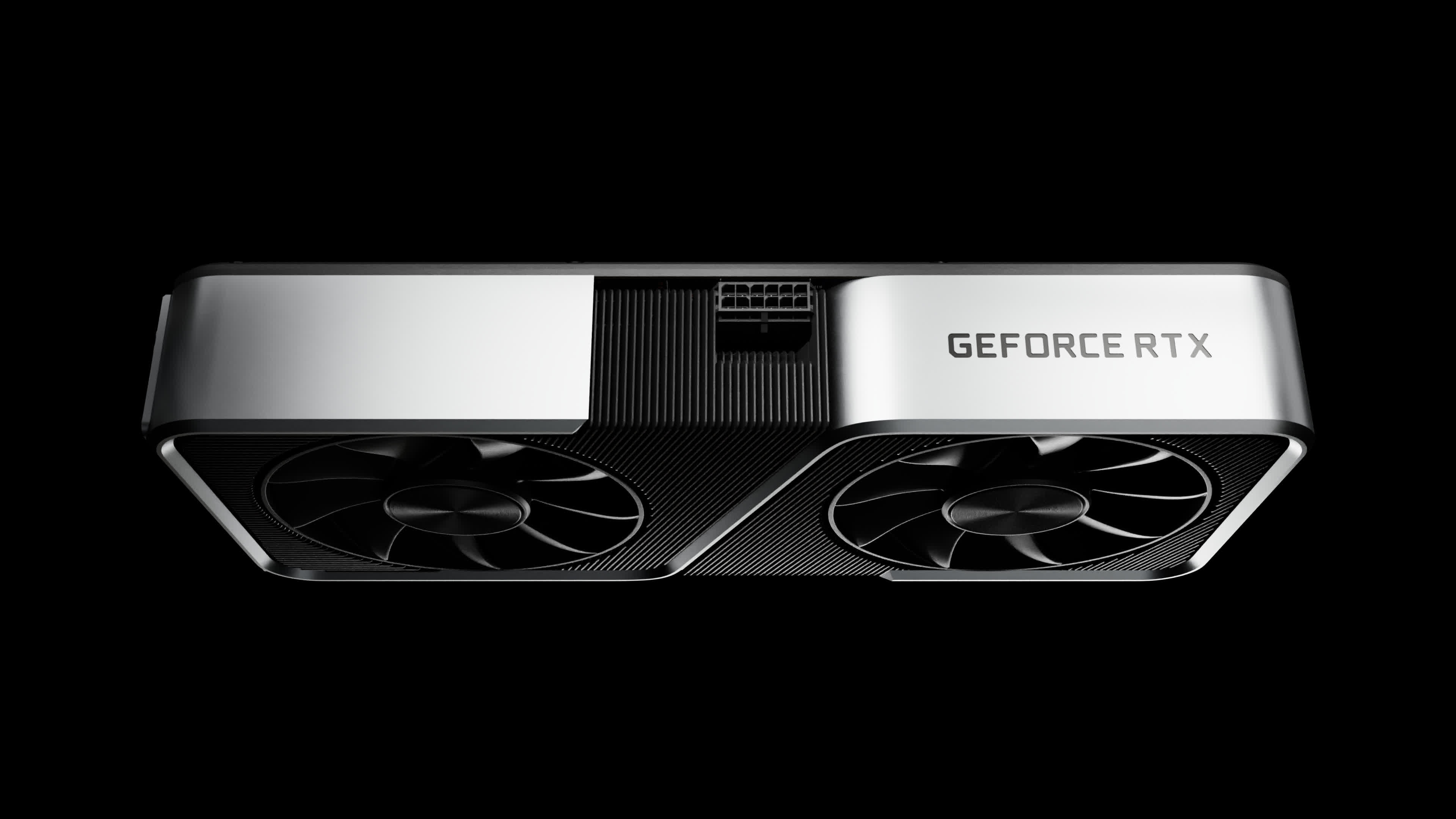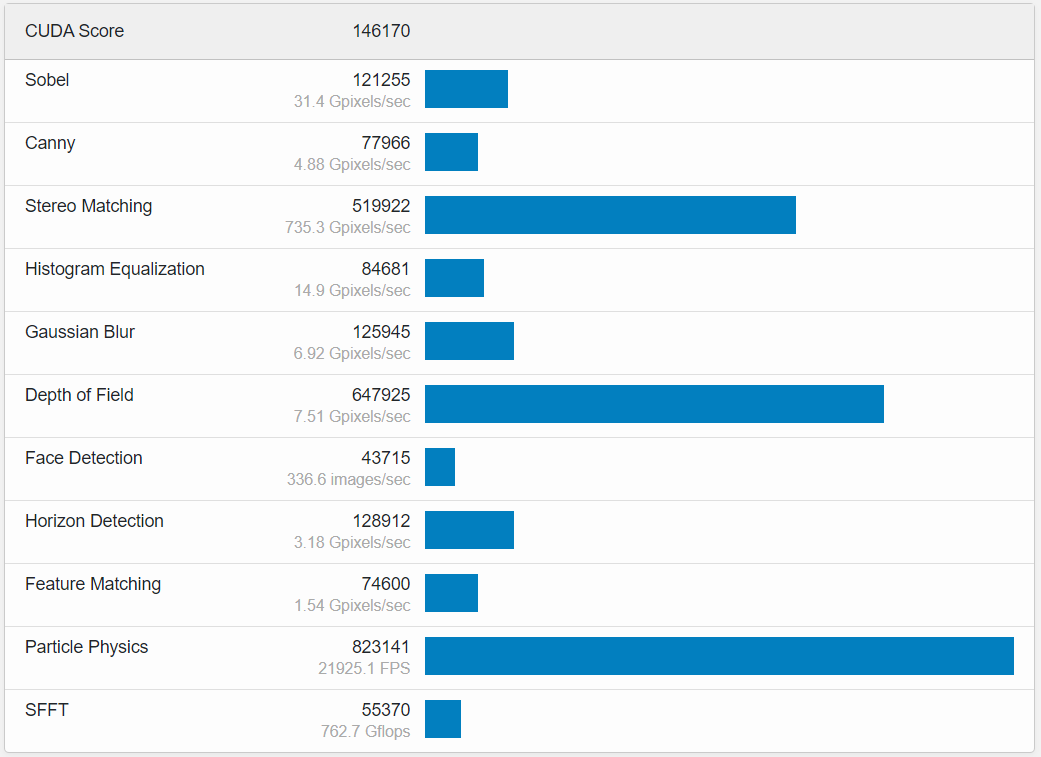Something to look forward to: As the rumored date for the GeForce RTX 4060 Ti's unveiling approaches, its appearance on Geekbench marks a typical sign of its imminent launch. The post confirms prior rumors and offers a vague sense of where the GPU sits among its predecessors. A trusted leaker also recently stated the likely final prices for the 8GB and 16GB variants.

A new Geekbench listing confirms that at least one GeForce RTX 4060 Ti variant, likely the first to see release includes only 8GB of VRAM. Moreover, known leaker MEGAsizeGPU agrees with prior rumors that the 8GB card will cost about $400.
The VRAM capacity is concerningly low in light of the performance of recent prominent PC games. Video memory bottlenecks have constrained 8GB GPUs like the RTX 3070 and the 10GB 3080. Furthermore, the amount presents a downgrade from the 12GB RTX 3060.

The Geekbench entry verifies specs suggested by a die shot and retail listing from last month. The multiprocessor count of 34 confirms the 4060 Ti will have 4,352 CUDA cores. Prior information states it has 32 MB of L2 cache with a 160W TGP rating.
Whoever submitted the GPU paired it with a 3GHz Intel Core i9-13900K and 32GB of DDR5 RAM running Windows 11. The overall CUDA score of 46170 sits just above typical scores for the 3060 Ti, but final drivers could widen the gap. Retail units should outperform the 3070 Ti.
MSRPï¼Â
– MEGAsizeGPU (@Zed__Wang) May 17, 2023
4060Ti 8G 399
4060Ti 16G 499
Recent claims suggest the 4060 Ti could launch next week on May 24, with AMD's direct competitor in the mid-range space, the RX 7600 XT, following a day later. That GPU is also said to have 8GB of VRAM but might retail for $350. Team Red could unveil the 7800 XT, 7700 XT, and 7600 XT at Computex late this month or early next month. The 7800 XT also recently made its Geekbench debut.
Another Tweet from MEGAsizeGPU last week said that Nvidia plans to assuage VRAM concerns by releasing a 16GB variant of the 4060 Ti sometime in July. The leaker's latest information indicates it will retail for $499. Meanwhile, the non-Ti version of the RTX 4060 could arrive in July with 8GB, based on the same GPU as its laptop counterpart.
https://www.techspot.com/news/98728-rtx-4060-ti-geekbench-entry-confirms-4352-cuda.html